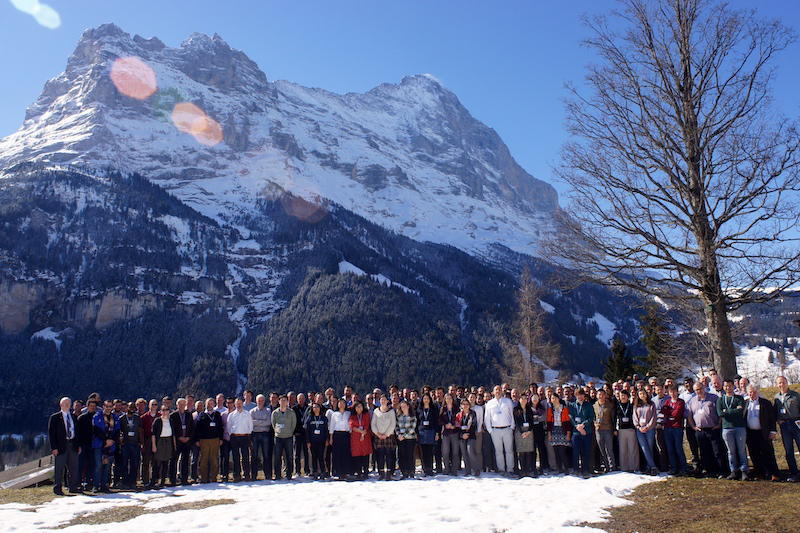Speaker
Description
Understanding the effect of stellar activity on the measured radial velocity (RV) is essential for the reliable detection of exoplanets around stars. It becomes even more vital when we are searching for low-mass planets around M-dwarfs, which are known to be particularly affected by active regions. Photospheric activity features in M-dwarfs stem from the depth of the convective layers and manifest themselves on the stellar disc as cool spots and hot faculae. The shape of the spectral line profiles gets distorted due to the temperature contrast between the photosphere and active regions depending on the sensitivity of the lines to temperature. Finding and treating activity-sensitive spectral lines in M-dwarfs is not trivial since atomic lines are heavily blended between themselves and with molecular bands. However, since the temperature contrast is wavelength dependent the distortion of line profiles tends to be more pronounced at shorter wavelengths and diminishes toward longer ones. Therefore, the amplitude of spot/faculae-induced RV variations is larger in the blue region of the spectrum compared to the red one (chromaticity). The CARMENES spectrograph covers a wide spectral range of 0.52 to 0.96 µm for the visible and 0.96 to 1.71 µm for the near-infrared and is ideal for studying the difference in the amplitude of the RV jitters.
In the CARMENES survey, we observed about 340 nearby M-dwarfs from January 2016 to November 2018. A sample of 53 highly active stars is selected that show significant RV excursion due to activity. However, only half of these targets show chromaticity in their radial velocities. We studied different parameters of the chromatic stars such as spectral type, vsini, inclination of the rotation axis, chromospheric activity indicators (e.g. the H-alpha and CaII IRT line strengths), and parameters characterizing the average absorption line shape (aka “dLW” and “CCF parameters”) and compare them to the remaining known active stars in the CARMENES sample which do not show chromatic behavior. We wish to understand why not all active stars show chromaticity and determine in which parameters those that show it and those that do not differ.
